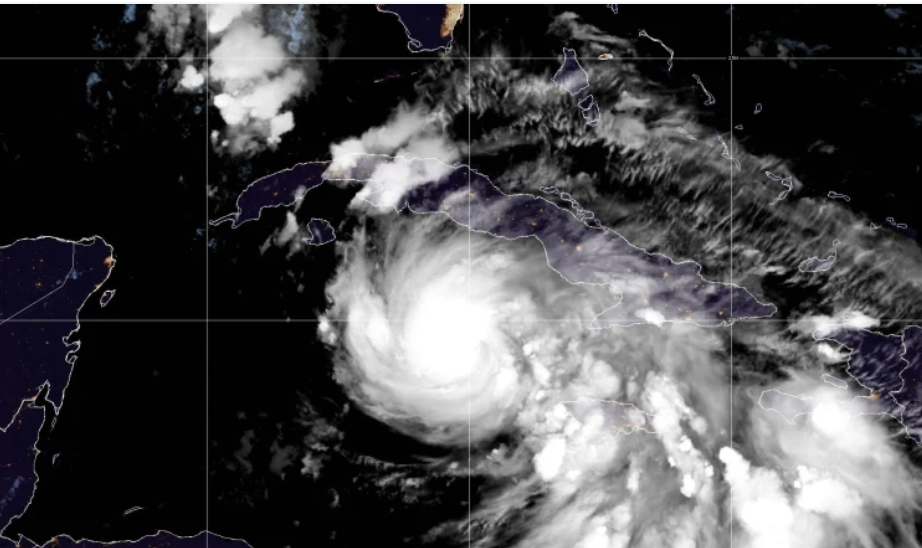After Hurricane Milton and Helene, countless neighborhoods and communities in or near the Caribbean have been ripped apart, causing disastrous aftermath. These communities cannot take any additional damage, but, disastrously, there is another tropical storm headed their way.
Hurricane Milton reached the United States on October 9, 2024, and Hurricane Helene reached the United States just 13 days earlier—on September 26, 2024. A recently developed storm, named Hurricane Rafael, is expected to become a category one hurricane if converted to a tropical storm.
The National Hurricane Center posted a national hurricane watch on Nov. 4 for the Cayman Islands, Jamaica, and the Gulf of Mexico due to a weather threat in the Caribbean that’s expected to strengthen (CBS News). The tropical storm is headed north, around 7 miles per hour, and is expected to have maximum sustained winds as fast as 35 miles per hour. Forecasters expect the storm to grow and intensify into a hurricane by Tuesday, Nov. 5, as it quickly approaches the southeast region of the Gulf of Mexico. (Statesman.) Although the traditional hurricane season ends on November 30th, AccuWeather meteorologists expect one to three additional storms to form this year and expect the hurricane season to extend into December.
The western region of the Caribbean is expected to receive the greatest amount of rainfall, expected to encounter three to six inches in most areas, with some environments and districts plausible to receive as much as 9 inches of rainfall. As a result, those regions will become endangered with the possibility of mudslides and flooding as well.
United States regions located on the coast such as Texas, Louisiana, Mississippi, Alabama, and Florida have been issued to be on alert for possible threats as well.
So far, the 2024 hurricane season has produced a sizable amount of named storms, totaling up to 16. Ten of those 16 storms developed into major hurricanes, with four forming into a category three or greater. Hurricanes pose a major threat to communities all around the world, and some of the most affected regions include the Caribbean and many states along the coast. The Western Pacific Ocean produces the majority of hurricanes in the world, with the Indian Ocean close behind.
On Wednesday, Nov. 7, Hurricane Rafael—now developed into a category 2 hurricane—pulled away from Cuba and bounded towards the Gulf of Mexico (CBS News.)
As Hurricane Rafael approaches the tropical island of Cuba, the island is suffering from economic and environmental damages. It is already suffering from electric power issues, due to the strong winds. Cuba is susceptible to hurricanes, as it is an island in the Caribbean. Hurricane Rafael is the first tropical storm to cause major damage to the island since Hurricane Ian in 2022.
As the hurricane draws closer to the Gulf of Mexico, and as it slowly moves away from the Cayman Islands and Cuba, it is adding more and more destruction to neighboring islands and communities. Up until this point, the demolition caused by the hurricane has been drastic, affecting mostly the Cayman Islands and Cuba. Shortly after the hurricane reached Cuba, the island was plunged into a blackout, stripping residents of Cuba from electricity and power.
This showcases the threat, destruction, and behavior of the impending tropical storm. Some precautions citizens of affected areas can take is to put up storm shutters on windows, doors, and sliding glass doors. They can also invest in flood barriers to help prevent or reduce the damage of flooding. While hurricane season is over, it is extremely important for residents of hurricane zones to stay prepared and execute the necessary precautions for a storm.



























































































